One of my goals over the coming months is to watch an entire rugby game for the first time in my life, and I think I may put it to the test when South Africa goes up against Australia in this year’s Rugby Championship.
Yes, yes, I know, this sounds a strange thing for somebody from rugby-mad New Zealand to be saying. But there you have it: I’m missing a cultural chromosome. The spectacle of thirty men running around a paddock for ninety minutes just doesn’t do it for me — or at least it hasn’t until recently. Sorry. If you want to fight about it, I’ll meet you in an alley behind the bar in South Africa where my late-onset enthusiasm began.
Not too long before the pandemic first hit, I was in downtown Johannesburg with a couple of hours to kill before heading out to Soweto for what had been billed as an important talk about the ‘new’ South Africa. I ducked into the local Bannister Hotel, which happened to be jam-packed with locals watching the opening quarter-final of the last Rugby World Cup pitting the Springboks against the All Blacks.
Inside, the air was thick with jollity and a television screen overhead switched to full bore had the crowd variously cheering or groaning as their guys rucked and rolled. The bartenders smiled, the glasses clinked and slid along the counter, and all was as pleasant as a picnic. Outside, the skyscrapers seemed to bump and grind under the hazy sky.
In New Zealand, no doubt, similar scenes were being played out in the local bars, too, but here there was one colourful difference. Virtually everyone inside the Bannister happened to be black. Even a lifelong rugby-denier like me knew that until barely a quarter-century ago this was the quintessential white South African sport, as much so as apartheid was the signature political style.
Human beings first lived in what we now call South Africa some 100,000 years ago, but civilisation only arrived 99,976 years later when the country held its first all-race elections. A year on, in 1995, during an earlier World Cup play-off held in the same city, the newly elected Nelson Mandela jogged out on to the local pitch of Ellis Park Stadium decked out in a Springboks shirt and cap. The gesture marked the crowning moment of the liberated nation’s first major sporting event. It also offered a cultural cue for the republic’s black citizens, who today constitute roughly eighty per cent of the country’s fifty-eight million inhabitants, to join the cultural team.
On a more practical level, the same scene would have been even less likely before 1994 because of the old Group Areas Act that divided the racial Monopoly board that used to be South Africa. Under the old law, blacks, who were officially classified as fourth-class citizens, came only to Johannesburg to work, before returning to nearby Soweto in the evenings and on weekends. So, on this particularly boisterous Saturday afternoon, as for the past ten thousand afternoons since 1994, they were the ones who got to stay and watch the end of the game.
I headed out to Soweto to look at what I thought were slightly more serious things, but there was fat chance of that happening. If anything, the rugby fever was even keener in the country’s most-famous collection of townships.
Soweto is an English word, a syllabic abbreviation for South Western Townships, although that name is misleading because Soweto is a city in its own right. More than 1.5 million people live in its forty jostling neighbourhoods spread out across 200 square kilometres.
Drive to Soweto and you most certainly drive past poverty, as palpable in some of the places we passed as the reddish haze from the nearby mines hanging above the highway. History hangs menacingly in the air, too. This is the place where, in 1976, police opened fire on one of many student-led marches protesting against the educational imposition of the Afrikaans language.
In the ensuing mayhem, at least one-hundred and seventy-six people died. One casualty in particular would come to symbolise the moment: the shooting of twelve-year-old Hector Pieterson, whose memory is now preserved at a museum we also saw in West Orlando, Soweto, not far from the popular Mandela House, and located just a few blocks away from where the boy was shot. A photograph of Hector’s unconscious body being carried by a benefactor Mbuyisa Makhubo (who also subsequently vanished) is probably the best known image in South Africa’s recent political history.
Also starring in the same iconic image is Hector’s distraught 16-year-old sister, Antoinette Sithole, running alongside, with her right hand extended toward the camera: Don’t shoot, don’t shoot. The terrible moment is recalled every year on June 16, on Youth Day, which is also a national holiday, with locals wearing school uniforms to mark the event.
Writing in the months immediately after the 1994 election, the local author Mike Nicol conjured with images of driving the same slice of road to the accompaniment of demonic radio reports of rampant paranoia and urban terror, people being mugged on the streets, raped in their bedrooms and bumped off by carjackers, bad service in the restaurants and sour faces everywhere else. Soweto was the place nobody with a choice in the matter would ever go.
‘I listened to it and felt the wolf’s claws scratch my skull,’ he wrote, explaining his decision to switch off the radio and keep driving.
Had he been in my vehicle, however, he might have also beheld a vision of numerous communities that also incubate styles in dress, music, politics, and, perhaps most surprisingly, a craziness for a certain sport. And why not? ‘Soweto,’ my Zulu driver quipped, ‘can also be pronounced So we, too!’
So we, too. After a warm afternoon soaking up the local history and taking a tuk tuk streetcar tour, I enjoyed an outdoor dinner (potjiekos, literally ‘small-pot food’) with a group of journalists and the guest of honour, Antoinette Sithole, now in her early sixties and accompanied by her husband Meshack.
Their discussion was meant to be weighty. Upon hearing my New Zild accent, however, the woman from the famous photo favoured me with a more urgent question: Had I seen the big rugby game?
No, I replied, I hadn’t seen the full game, and nor had I ever watched an entire game of rugby either — but this was a cultural heresy I was looking to fix.
As I still am. Any day now.
Got something to add? Join the discussion and comment below.
Get 10 issues for just $10
Subscribe to The Spectator Australia today for the next 10 magazine issues, plus full online access, for just $10.
You might disagree with half of it, but you’ll enjoy reading all of it. Try your first month for free, then just $2 a week for the remainder of your first year.


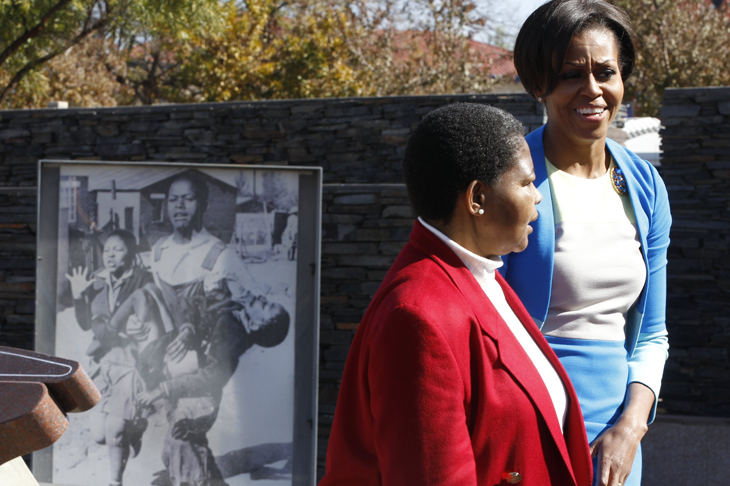
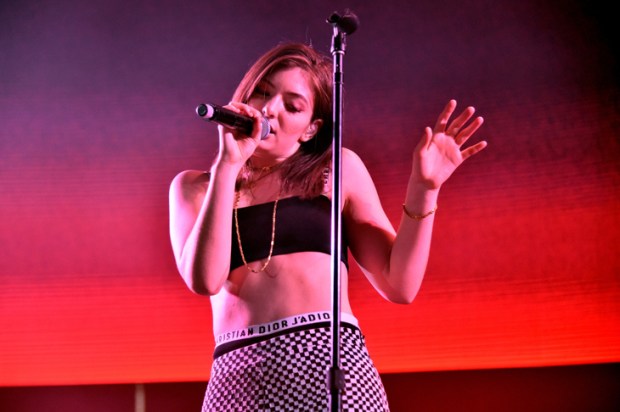
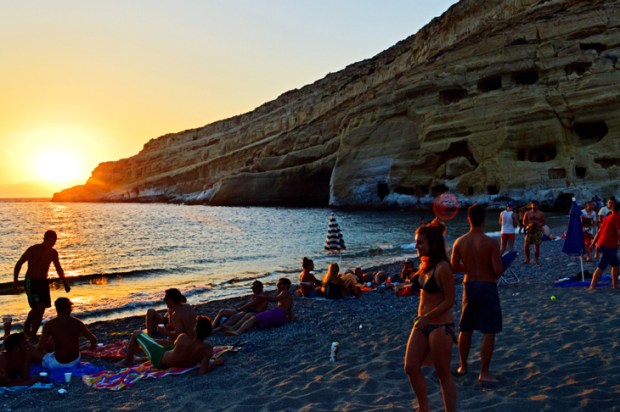
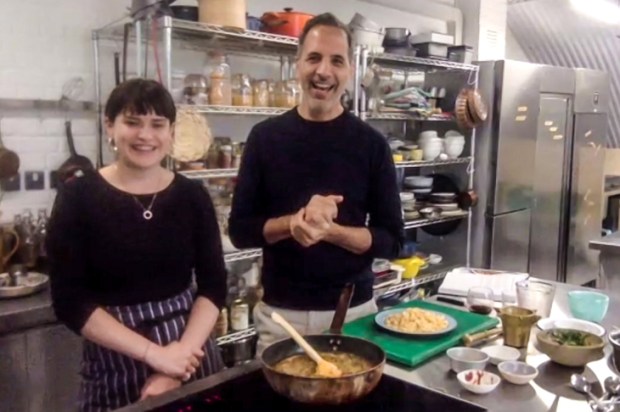
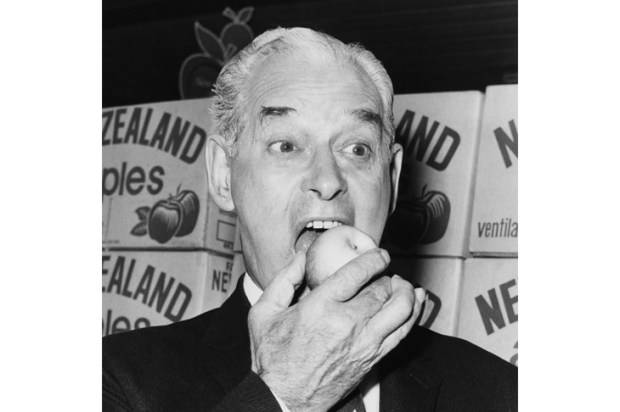
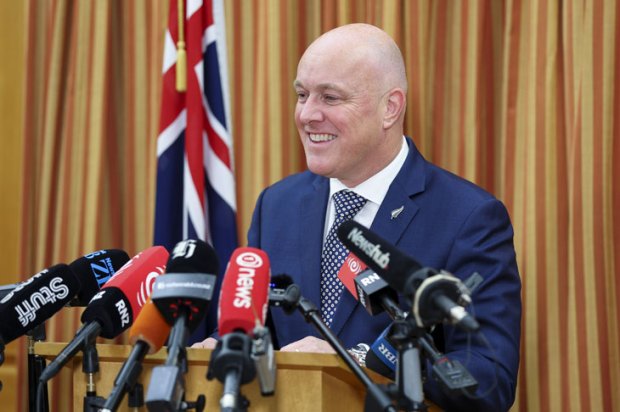
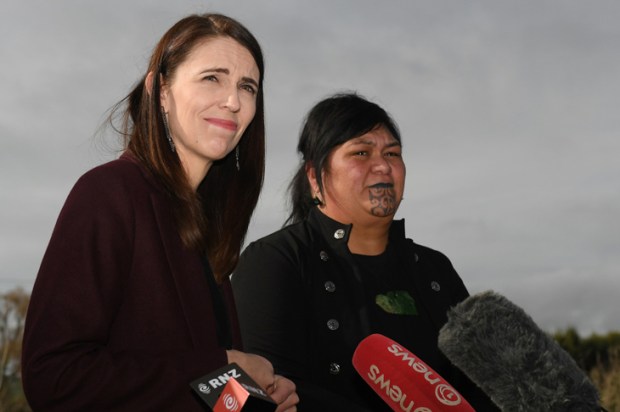






Comments
Don't miss out
Join the conversation with other Spectator Australia readers. Subscribe to leave a comment.
SUBSCRIBEAlready a subscriber? Log in